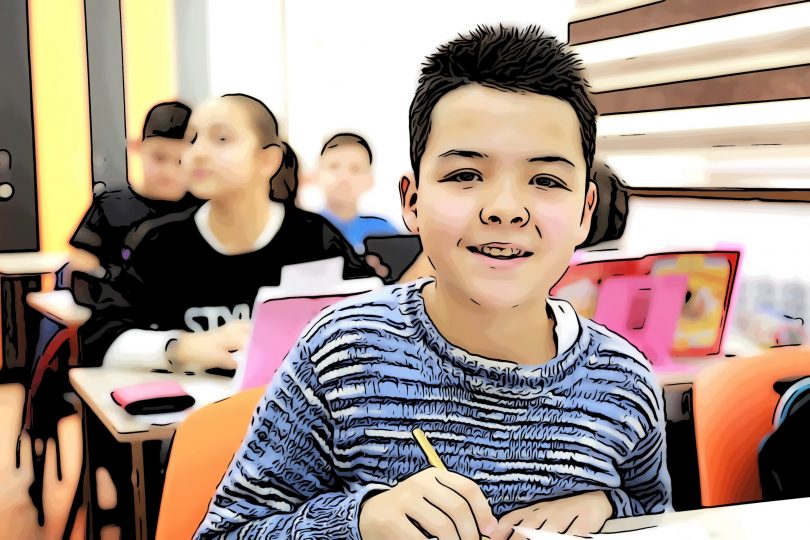Author’s Note: Sometimes, to teach myself more about a complex topic, I try writing about it using either words of just one syllable … or using terms any fourth grader could understand. With all the talk about Critical Race Theory going on lately … and with Mississippi lawmakers rushing to pass a law banning it (even though they don’t seem to understand it’s not being taught here), I thought I might try to learn more about it. Here’s the result: not a comprehensive or academic article, but an attempt to write simply and plainly about a complex issue.
What is Critical Race Theory?
When we think of racism, we usually think of one person being mean to another person of a different color.
Way back in the 1980’s, someone had a new idea. What if, instead of looking at what people think, feel, or believe, we just looked at how things turn out over time? What if, instead of looking at one person, we looked at the choices many people make or the laws that many people pass? If those laws and choices make life harder for certain kinds of people, the system might be racist, even if the people inside it aren’t!
They called this idea — that outcomes are more important than beliefs, and that systems can be racist even if we don’t mean for them to be — Critical Race Theory, or CRT.
What does CRT Study?
Here’s an example. In the 1930’s, some law makers took maps and drew red lines around parts of town. (This is called “red lining.”) They drew these lines based mostly on the color of the skin of the people who lived there. They then said, “If you put money into these places, you are likely to lose it.” So banks quit giving people money for houses in those places … and people who sold houses quit showing buyers the homes there.
Long after the people who wrote the laws were gone, those unfair laws were still making life harder for the people who lived in red-lined parts of town. Were the law makers racists? Maybe. Were the bankers and home sellers racists? Maybe … but maybe not. They might have just been obeying the law without thinking about it. CRT would say this system, based on what happens over time, is racist, even if the people were not.
Here’s another example. Think about a law that says, “Only one family at a time can live in the very nice homes in this very nice part of town.” That doesn’t seem so bad, does it?
But let’s say that, over time, houses in this part of town cost so much, families with very little money would have to put their money together and share a house to live there. Let’s also say that, over time, most of these families turn out to be people of color. The result — how things turn out — is an all-white part of town. CRT would say this outcome is racist, whether people meant for it to be or not.
CRT teaches that racism is a part of life. But instead of saying “These people are racists!”, it looks at how things turn out and asks, “Is this outcome fair for everyone?” If the outcome is not fair, CRT asks, “How can we change the system to make it fair?”
Why are People Talking about CRT Today?
Until a few months ago, CRT was only talked about by a few people who study how money gets spent, how cities get built, or how laws work. But then two things happened:
First, the news covered a lot of stories about racism: people of different colors fighting, hurting, and even killing each other. We saw angry and frightened people saying these bad things had to stop. Just seeing these stories made some people scared … or even mad. Some got so mad, they didn’t want anyone talking about race at all.
When some of these angry people looked at what kids were studying in school, they found books and lessons about people of color: where they came from and what’s been done to them. The angry people felt these stories made them or their parents or grandparents look bad, and that made them even angrier.
It would be very hard to pass a law that said, “Never talk about race in school.” So someone had an idea: you could take all the news, all these books, and all these stories and say, “Talking about these scary things is part of a plan to turn our children against us!” That plan needed a name. So they called this plan “Critical Race Theory” … even though CRT really wasn’t what was being taught to their kids.
Now, instead of saying, “Don’t talk about race!” they could say, “Don’t teach Critical Race Theory!” Now, you could get people upset about an evil plan (even though it wasn’t real). Now, law makers could pass laws against CRT to “save the children,” when all they were really doing was saying, “We’re mad about the same things you are, so please keep voting for us.”
In a Nutshell
CRT says racism is a part of life. Rather than look at what a person says he or she thinks or feels, CRT looks at what happens to people over time. It cares less about beliefs and more about outcomes. It asks us to think about how systems can be racist, even if the people in them aren’t. And if we look at a system and see it isn’t fair, CRT asks us to think about how the system could be changed.
CRT isn’t usually being taught to kids. (Maybe it should be!) So when you hear someone say, “We have to get CRT out of the schools,” you can know they might mean well, but don’t know as much as you do. And when you hear law makers saying, “We passed a law against CRT to save the children!”, you can know that’s just law makers doing what some of them always do: saying whatever they have to say to keep voters voting for them.




